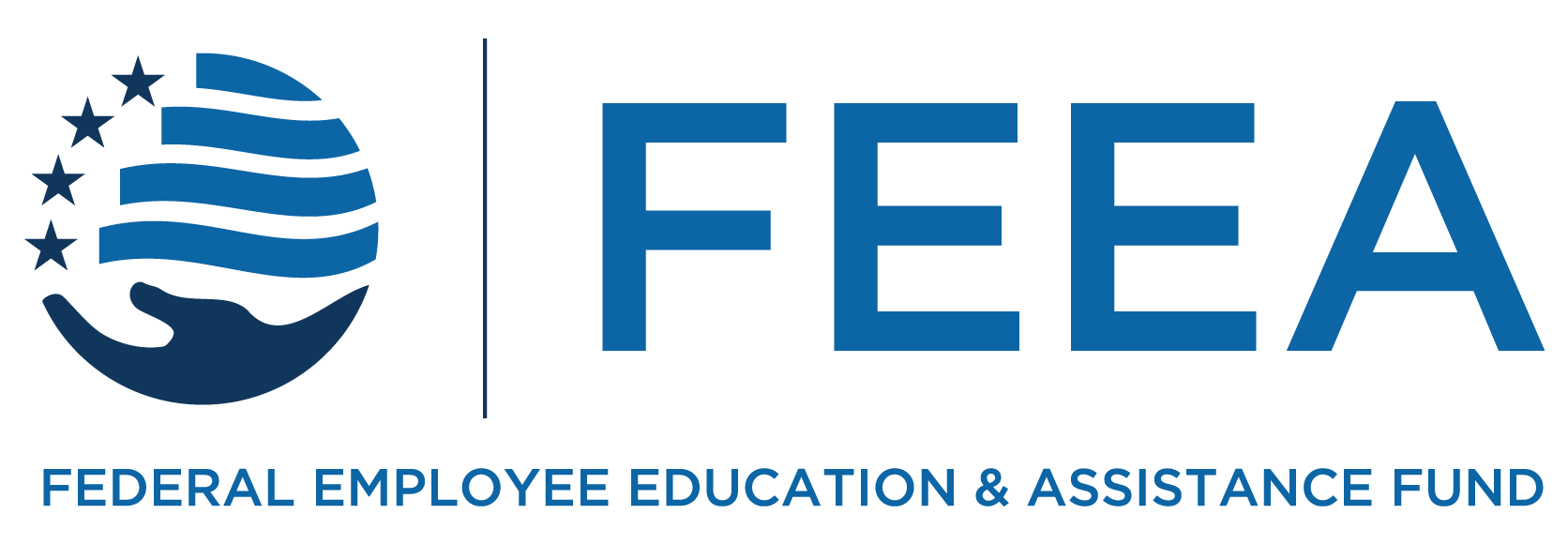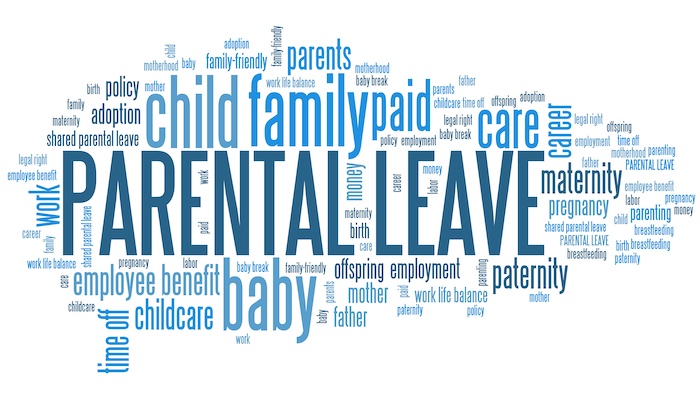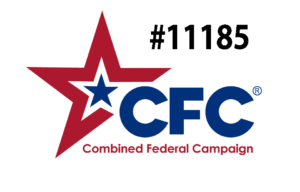Have you heard about the new paid parental leave benefit for feds?
by Joyce Warner
I recently sat down with Jessica Klement, Staff Vice President of Policy and Programs at NARFE, the National Active and Retired Federal Employees Association, to discuss the new paid parental leave benefit for federal employees that began in October
Joyce: Hi, Jessie, always great to talk to you! What does the new paid parental leave benefit for federal employees provide?
Jessie: The new law provides 12 weeks of paid parental leave for federal employees for the birth, adoption, or foster placement of the employee’s child. The new benefit kicked in for births or placements occurring on or after October 1, 2020. The original law excluded non-Title 5 employees, but this was rectified by Congress with the passage of the FY21 National Defense Authorization Act, which extended the benefit to all federal employees.
Joyce: Who is eligible for the benefit?
Jessie: Employees are eligible if they have completed at least 12 months of federal service, and if they have an appointment that has a duration longer than one year.
Joyce: How does this benefit overlap with the Family and Medical Leave Act (FMLA)?
Jessie: The law was written to provide paid parental leave via substitution for FMLA unpaid leave. Unpaid FMLA provides employees (both federal and private sector) the ability to take time off from their job, without risk of losing it, under certain circumstances: due to a serious health condition; to care for a spouse, son, daughter, or parent with a serious health condition; based on qualifying exigencies arising from a spouse, son, daughter, or parent who is a covered military member; or for the birth, adoption, or foster placement of a child.
Unpaid FMLA leave is limited to 12 weeks per year. So if you have used unpaid FMLA leave for any of these circumstances within the 12 months prior to a birth or placement, that would limit the timing or amount of paid parental leave within the 12 months following the first use of FMLA leave.
An example is the best way to illustrate this. Let’s say you’re a federal employee whose parent got sick, and you took four weeks of unpaid FMLA leave to care for him/her. If you later have a child (or adopt or foster one) within the same 12-month period, you’d only be able to use eight weeks of the paid parental leave benefit.
Joyce: What happens to your other benefits during the time when you are on paid parental leave (such as retirement contributions, health and dental, accruing vacation and sick leave)?
Jessie: The pay an employee receives when using paid parental leave is the same pay the employee would receive if the employee were using annual leave. That means retirement contributions, health and dental benefits, and accrual of vacation and sick leave will all continue while receiving paid parental leave.
Joyce: Is there any special paperwork you have to complete to receive this paid parental leave benefit? Do you have to give your agency notice?
Jessie: The Office of Personnel Management (OPM) provided agencies a sample form for an employee to use to notify the agency of the employee’s election to substitute paid parental leave for leave without pay (under FMLA). Each agency may have its own paperwork requirements, but each likely will require this form.
Generally, retroactive submission is not allowed, as employees must notify their agency prior to the date such paid leave commences. But there are limited exceptions to this requirement; for example, due to physical or mental incapability to invoke the leave during the period.
Joyce: Are there any caps on the benefit? For example, can you use it for additional births and adoptions a second or third time, or for the same birth or adoption if both parents are federal employees (aka would both get the benefit)?
Jessie: Generally, no. You are eligible for 12 weeks within a one-year period. If both parents are federal employees, they each get 12 weeks for a new child. But you can only take 12 weeks for twins, triplets, or other multiple birth situations. If you have kids 11 months apart, you get two 12-week periods, but any leave used in an overlapping period of 12 months counts towards both.
Joyce: What happens if someone doesn’t return to work and leaves their agency immediately after receiving this paid parental leave benefit?
Jessie: Prior to using paid parental leave, an employee is required to enter into a written service agreement to work for 12 weeks after the day on which paid parental leave concludes.
If an employee fails to return to work for the required 12 weeks, the employing agency “may” (but is not required to) recover from the employee an amount equal to the total amount of government contributions paid by the agency on behalf of the employee to maintain the employee’s health insurance coverage during the period of paid parental leave.
The 12-week work obligation starts either on: (i) the workday on which an employee finishes using the 12 workweeks of paid parental leave; or (ii) if the employee uses less than 12 workweeks of paid parental leave during the 12-month period following the birth or placement, the last workday on which the employee used paid parental leave in connection with the given child. Any periods of work between intermittent uses of paid parental leave do not count toward completion of the 12-week work obligation.
Use of annual or sick leave during the twelve-week work obligation would extend it – it applies only to time when an employee is in on-duty status.
Would you like to receive more information like this when it comes out? Sign up for the FEEA newsletter using the Newsletter Sign-up section in the sidebar of this page.
Would you like to reprint this piece in your agency human resource, federal employee association, or union local newsletter? You can do so at no cost by contacting admin@feea.org with your request.
The information provided in this piece is for your convenience and informational purposes only and not to be construed as professional advice. FEEA and its coauthors and sponsors are not liable for any losses or damages related to actions or failure to act with regard to the content in this piece.




